The last time I felt this kind of excitement over a smartwatch was back in 2013. That was the year I strapped on the original Pebble and felt, for the first time, that tech could be charming, functional, and utterly personal—without trying too hard. That little e-paper display changed how I viewed wearables. It didn’t pretend to be a miniature smartphone; it just made life on my wrist easier.
So when I first heard whispers about a new smartwatch from Pebble’s founder Eric Migicovsky—a real follow-up, called the Core 2 Duo—I didn’t even hesitate. I signed up for the early access list before I finished my morning coffee. I wanted to feel that magic again. And when I finally got a glimpse of it, not as a render or pitch deck but a living, breathing piece of tech—working, ticking, syncing, glowing—that feeling came rushing back.
Here’s my honest, immersive account of my first experience with the Core 2 Duo smartwatch. No filters. No fluff. Just how it made me feel—and why this could be the comeback story tech desperately needs.
A Rebirth That Doesn’t Forget Its Roots
It arrived in a minimalist box—no overproduced marketing slogans or flashy unboxings here. Just clean, direct packaging. Inside was a watch that didn’t scream for attention, but whispered quietly to those of us who remembered: “I’m back.”
When I first picked it up, the Core 2 Duo felt light in the hand but solid in construction. Not flashy. Not trying to match the gloss of an Apple Watch or the flash of a Galaxy Watch. Just… quietly confident. The soft silicone strap was familiar—comfortable from the first moment it wrapped around my wrist. It fastens with a standard buckle, but there’s a clever sliding catch that keeps the strap tail from flapping—eerily similar to the Apple Sport Band but without the proprietary snobbery.
The materials felt like a tribute to the past, yet the fit and finish whispered modernity. Every line on the casing felt intentional. It wasn’t designed to compete—it was designed to stand alone. And that’s exactly what it does.
Real Buttons, Real Tactility
Three tactile side buttons welcome you on the Core 2 Duo. This isn’t a glass slab begging for swipes—it’s a physical, analog-digital hybrid, like the best mechanical keyboards or vintage cameras. When I pressed down for the first time, there was that old Pebble click, reborn.
Navigating the menu felt natural. Muscle memory from a decade ago returned. One button scrolled through options. Another acted as “select.” The third offered context or acted as “back.” Simple. Reliable. I never once missed a touchscreen. In fact, I reveled in the absence of one.
There’s something fundamentally different about interacting with physical controls in a world obsessed with haptic illusions. The Core 2 Duo doesn’t simulate tactility—it is tactile. It doesn’t emulate the analog; it lives there.
The Display: Not OLED, But Optimized
Let’s get this straight: the Core 2 Duo doesn’t have a high-refresh OLED screen. If that’s what you’re after, look elsewhere. But the moment you realize it doesn’t need one, it clicks.
The monochrome display is legible in direct sunlight. I wore it to the park, to a café patio, on a run under blazing heat. Not once did I need to squint or shield it. That’s the benefit of e-paper inspired technology. When I glanced at my wrist in a meeting or during a run, it didn’t feel like checking my phone—it felt like checking the time.
There’s no eye strain, no overwhelming color bombards. It’s calming. Like a book instead of a screen.
Software: Familiar Faces, Rebuilt Foundation
The software running on the Core 2 Duo is still in early development, sure. But even in its unfinished state, it had soul.
Menus were snappy. Animations minimal, even charming. The settings menu was bare-bones but navigable. I set an alarm. I browsed through notifications synced from my phone via Bluetooth. I tested out a handful of watch faces—some almost pixel-perfect throwbacks to my original Pebble. They didn’t just work—they made me smile.
The syncing process took under a minute. I paired it to my phone (Android in my case), and the companion app felt surprisingly mature. Notifications came through without delay. No bloat, no ad-driven prompts. Just information. And peace.
For those wondering, yes: the software isn’t finished. The real-time clock still stutters occasionally. Some advanced functions aren’t live yet. But I could see the roadmap—and it felt authentic. Migicovsky and the team are prioritizing utility, clarity, and trust. Not gimmicks.
Charging, Accessories, and a Surprise Nostalgia Hit
The charger magnetically snaps onto the back, reminiscent of the original Pebble Time charger but upgraded with a USB-C port. Fast. Simple. Satisfying. No proprietary nonsense, no cradles to lose.
And here’s the part that actually made me exclaim: the charger is branded Nomad. Yes—that Nomad. The accessory company that originally created gear for Pebble in its early days. Apparently, Eric roped them back in to keep that connection alive. That single move—reviving a trusted accessory partner—tells you everything about the ethos of this watch. It’s not chasing trends. It’s preserving a culture.
Fit, Feel, and the Everyday Experience
I wore the Core 2 Duo for a week straight. To the gym. To brunch. On a date. Even to sleep. Never once did it feel awkward or uncomfortable. It’s not bulky, nor does it try to hide. It’s just… quiet. And proud.
When friends noticed it on my wrist, they didn’t say, “Is that the new Samsung?” They said, “Wait… is that a Pebble?!”
Every single person I talked to about it was hit with the same nostalgia rush I felt when I first slipped it on. For those who used Pebble back in the day, there’s a sense of reunion. For those new to it, it’s something refreshingly different from the norm.
Notifications and Real-World Utility
Let’s talk functionality—because nostalgia can only take you so far.
Text messages appeared instantly. App notifications (from Signal, Gmail, Instagram, you name it) showed up within a second of hitting my phone. You can’t reply directly from the watch yet, but I didn’t miss that. I liked being able to glance, decide, and move on. That’s the whole point of a watch. Not to suck you in—but to help you look away.
I could control music, dismiss calls, track steps (basic fitness features are here), and of course, set alarms and timers. I didn’t need or want anything more.
Where You’ll Be Able to Buy It (And Where You Should Look)
While the Core 2 Duo is still in development and available for pre-order through the official Pebble/Core website, I imagine retail availability will follow. And when it does, here are some trustworthy U.S. platforms I recommend watching closely:
- B\&H Photo – great for niche gadgets, solid return policy, and fast shipping.
- Adorama – especially strong for tech accessories and indie hardware brands.
- Amazon – obvious choice, but only stick with verified or Prime sellers.
- Best Buy – if they stock it, it’s a great place to try it on in person and grab same-day.
- NewEgg – especially for early adopter bundles and limited-edition drops.
- Nomad Goods – worth watching for accessories and charger bundles when the Core 2 Duo launches officially.
A Word on the Podcast Reveal
The first real glimpse we got came from the Tick Talk podcast on YouTube. If you haven’t seen the 21-minute episode, it’s worth your time. Not just for the demo—which shows the device in action, including syncing, UI navigation, and that gorgeous, no-nonsense interface—but for the conversation.
Migicovsky doesn’t speak like a typical startup CEO. There’s no jargon. Just someone who genuinely loves what he’s building. He even opened up about how tariffs are affecting the pricing of the Core 2 Duo and Core Time 2, and what small adjustments they’re making in software development to stay lean and efficient.
The man isn’t pitching. He’s sharing. And that makes all the difference.
The Verdict I’m Not Giving
This isn’t a review. It’s a first impression—one shaped by memories, curiosity, and the kind of wide-eyed enthusiasm I hadn’t felt about a gadget in years.
I’ve used smartwatches that cost three times more. Watches that can take ECG readings and control your smart home. But none of them made me feel like the Core 2 Duo did.
It reminded me of the early internet, of hacking together apps on weekends, of late-night Kickstarter binges and watching unboxings in 720p. It reminded me why I fell in love with tech in the first place.
So yeah—this might not be the future of smartwatches for everyone. But it’s the right future for the people who never stopped believing that simple, focused, human-first tech could still exist.
And on my wrist right now? That future is ticking.
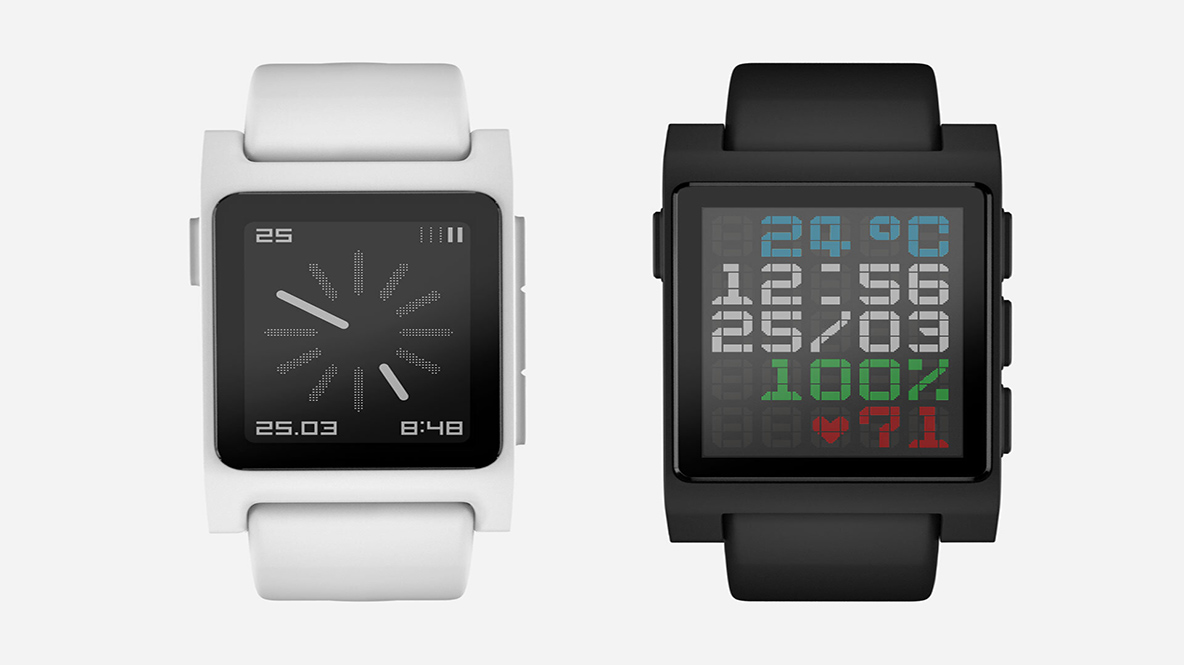
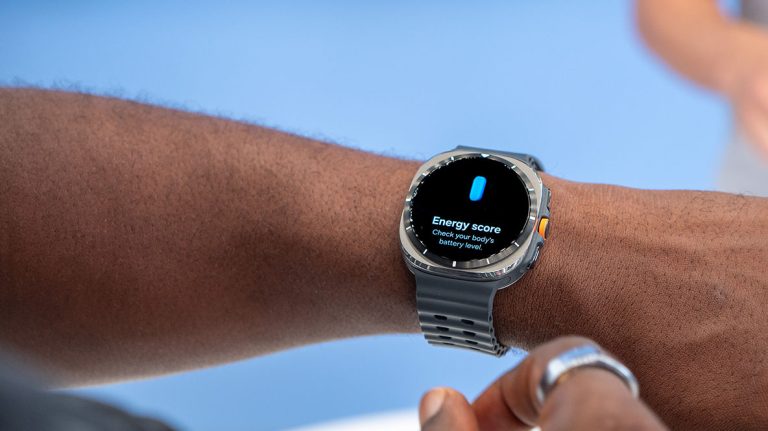
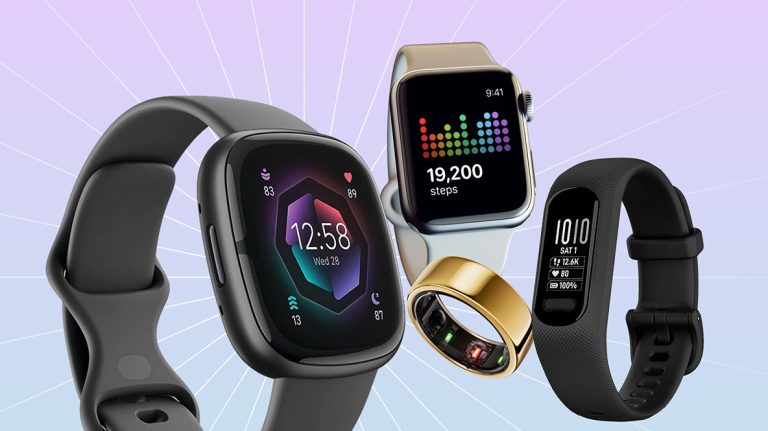
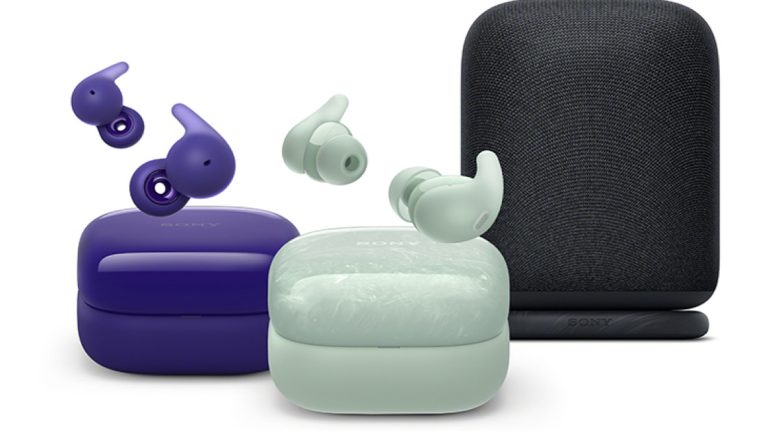
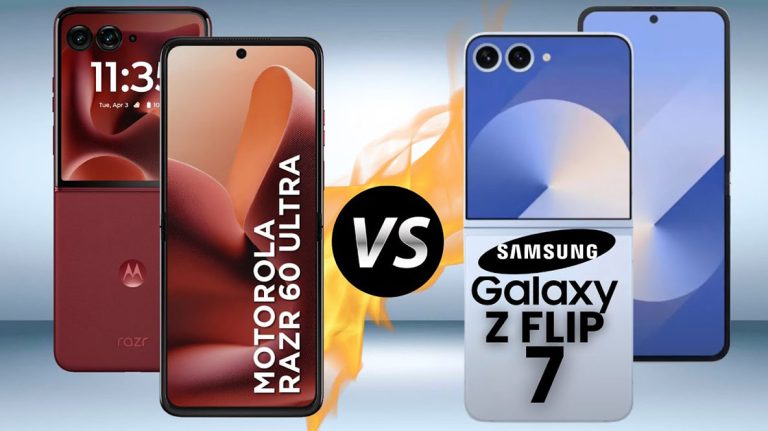
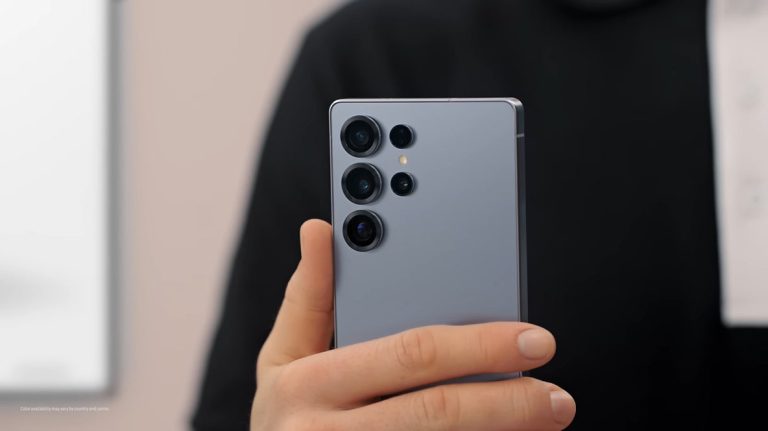
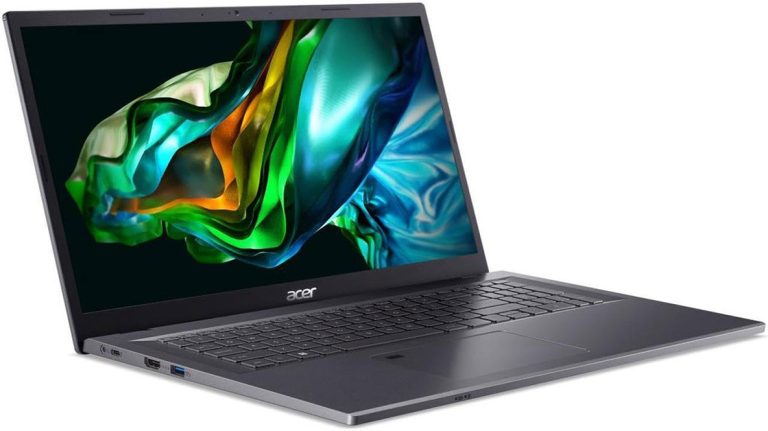
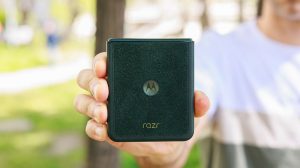
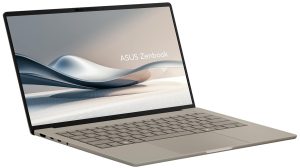
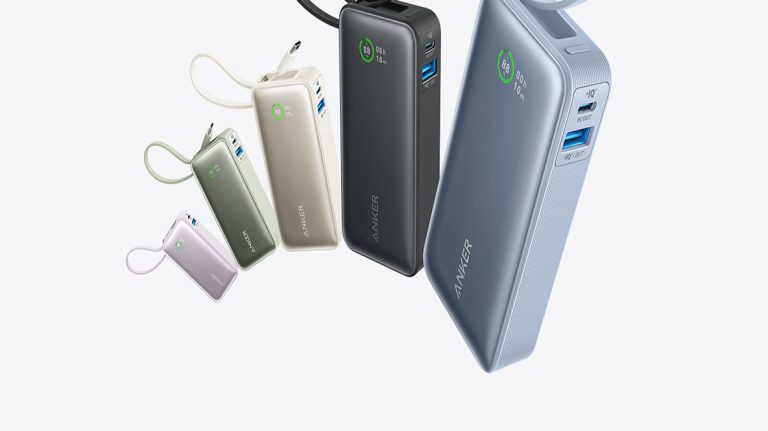

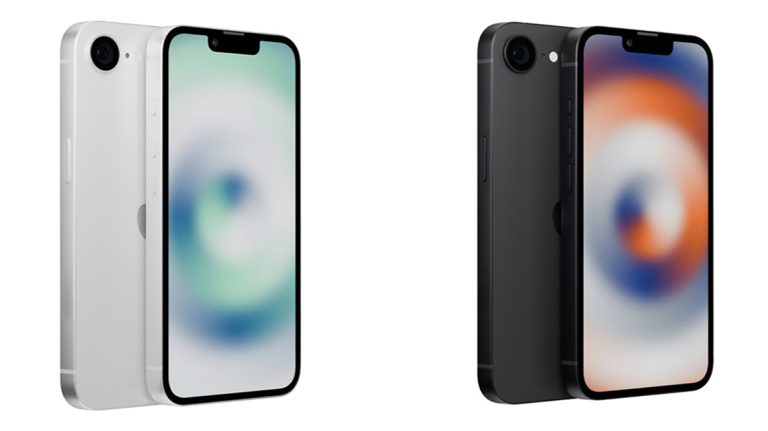
+ There are no comments
Add yours